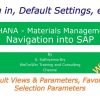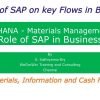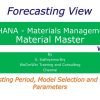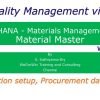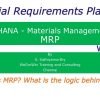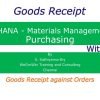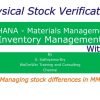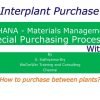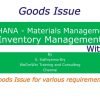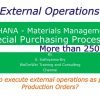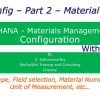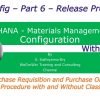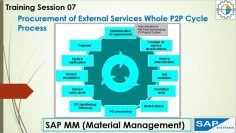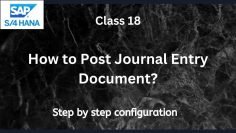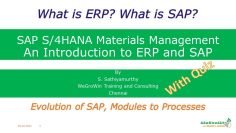This video explains the Accounting and Costing views in SAP Materials Management, focusing on parameters like Valuation Class, Price Control, Costing Lot Size, and Standard Cost estimation. The key points discussed in the video are:
- Accounting 1 View: The Accounting 1 View contains parameters related to valuation and price details, which are required for inventory-related transactions. It includes fields like Valuation Class, which assigns a material to the general ledger accounts, and Price Control, which determines the pricing method for the valuation of the materials.
- Accounting 2 View: This view includes fields for tax price and commercial price, which are used in some countries for tax and commercial purposes. It also includes a devaluation indicator, which is used to devalue a material when it becomes slow-moving or non-moving.
- Costing 1 View: The Costing 1 View contains parameters related to costing. It includes fields like “Do Not Cost,” which can stop costing for a material, and “Quantity Structure,” which determines whether the costing of materials is performed with or without a quantity structure.
- Costing 2 View: This view includes fields related to the quantity structure, such as the Bill of Materials (BOM) usage and alternate BOM. It also includes the Costing Lot Size, which is used when costing for one unit may be difficult, and the costing is done for a larger size, like 100 units.
- Standard Cost Estimate: The Standard Cost Estimate is a field that allows the entry of a marked standard cost estimate for a future price of the material. The value in the Standard Price field means that all goods movements are evaluated at this price.






